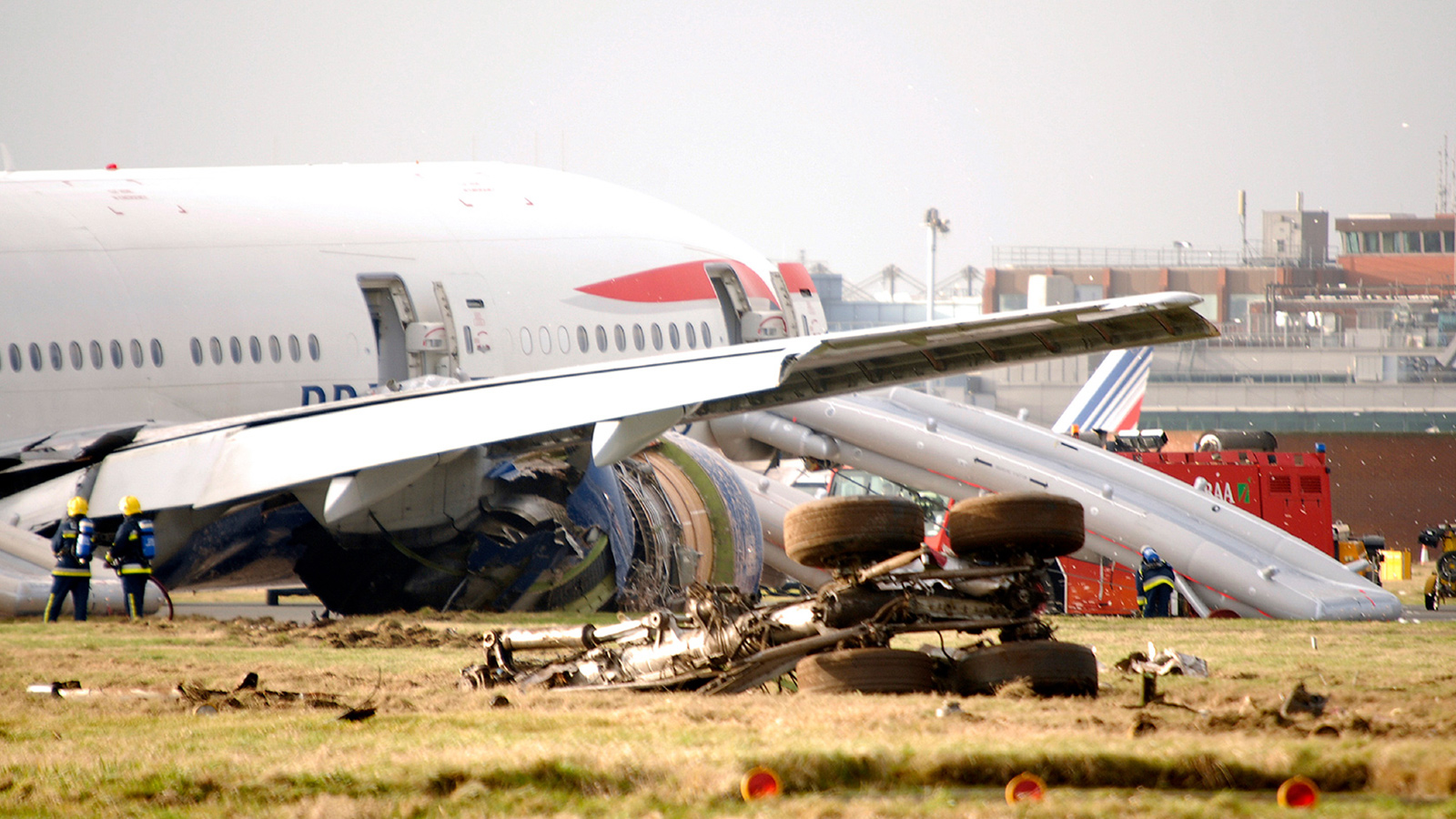Stay Up to Date
Submit your email address to receive the latest industry and Aerospace America news.
Debra Werner described efforts to develop an operational workaround to prevent recurrence of an accident that occurred in 2008 at Heathrow [“Danger in the air,” March]. Extreme cold at flight altitude caused ice crystals to form in the fuel, resulting in engine power loss during approach. This ice formation process compromised the capability of a fuel-oil heat exchanger designed to limit low fuel temperatures.
Ms. Werner reviewed research into methods of measuring temperature and moisture profiles in the atmosphere. Further research will be directed at providing broad area temperature and moisture profiles that will ultimately be used by air traffic controllers to warn pilots of dangerous cold cells aloft. These results are expected to be available for operational use in a few years. Thus, a possible operational workaround may be available 12 or so years after the cited accident.
Mechanical engineers will ask: “What about the heat exchanger?” If the heat exchanger fell short of real-life operational requirements, would it not have been prudent to consider design changes to these devices, as well as changes in flight operations, to solve the problem? Heat exchanger design has been the bedrock for thermo-mechanical engineering and chemical flow processing for over a century. Absent other constraints, this would seem to be a prime candidate.
Perhaps there are design factors that make such changes impractical, things like materials limitations, aircraft weight and space limitations, or some limit in the physics of heat exchange at extreme temperatures. If such is the case, the article would have been strengthened by discussing those factors.
William L. Shields
AIAA associate fellow
Tucson, Arizona
Related Posts
Stay Up to Date
Submit your email address to receive the latest industry and Aerospace America news.




